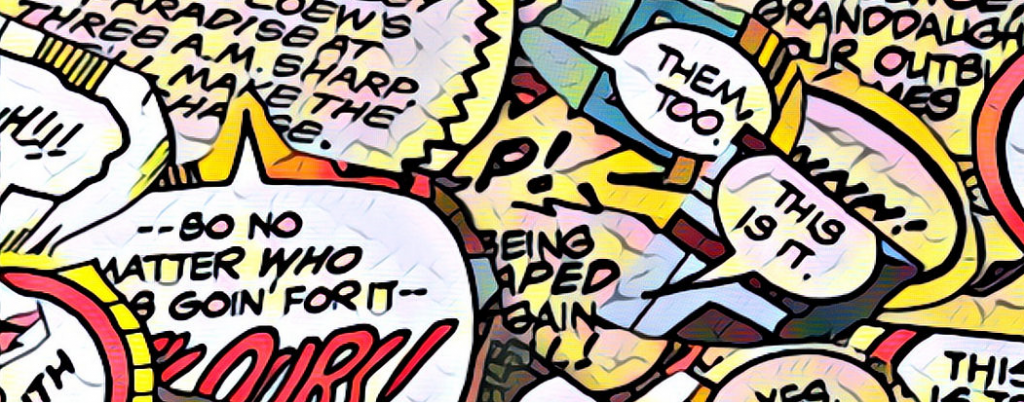I recently heard a PR vendor ask her client what their upcoming stories were.
“Well, we have a new feature.”
The client then explained what the feature is and what it does.
“Okay,” said the PR pro. “But what’s the story?”
“What do you mean?”
“I mean what problem does this feature solve? Who has this helped? How has this changed the way things get done? Do you have any success stories? Do you have any testimonials? Do you have any data that explains what makes this feature so special?”
“No. It hasn’t even launched yet.”
“Then you don’t have a story.”
Information Without a Story Is Just White Noise
This is something that people who are too close to their products, services, or data forget on a daily basis. They get so wrapped up in trying to create something newsworthy that they don’t stop to think about why people actually read the news: to satisfy their curiosity about something important.
But you can’t pique someone’s curiosity without a hook.
Features aren’t stories. Positioning statements aren’t stories. Data isn’t a story.
They’re just details.
To Get More Attention, Think Like Someone Who Doesn’t Work for You
The client was excited about their new feature because several customers had requested it. Therefore, the client thought the news story was “we gave our customers what they asked for.”
But a new feature isn’t a story by itself. Your real story is, “what does this new feature mean?”
Sure, you can write press releases about those talking points. People do it every day. The PR industry always needs a new excuse to keep people talking about brands. But this leads to a misguided belief that every detail in a brand’s day is newsworthy.
A story isn’t “here’s what this is” (logic / exposition); it’s “here’s why this matters” (emotion / opinion).
Journalists, audiences, and customers don’t care about features, positioning statements, or data unless it creates a narrative. They’re not curious about what something is or does, but how it affects them.
What does it mean? How does it help them? How does it make them feel?
For a PR rep to pitch a journalist, or a sales rep to pitch a customer, or an audience member to click on your ad, they need to believe that listening to your pitch or clicking on your ad is worth their time and attention because will answer their questions, reinforce (or expand) their perceptions, and potentially make their lives better.
If your customers are asking you to add a new feature, there’s a reason for it.
The Reason Is the Story; Your Feature Is a Detail
Does your new feature save them time? What can they do with all the new time your feature has bestowed upon them?
Does your new feature make them more secure? What nefarious threat won’t they have to worry about if they implement it?
Does your new feature reduce errors? How will increased accuracy change the way their business operates, or the way they perceive themselves?
Features are solutions to problems, but that doesn’t make them newsworthy all by themselves. Without a narrative, they’re just data points on a package, words on a brochure, and ideas in a vacuum.
The solving of those problems is what turns a feature into a story, and the impact of that solution is what turns a story into a brand.
Images: “Words of Note” by Heath Bar and “Static” by Tony Young via Flickr Creative Commons License
If You Liked This Post
… then you may enjoy learning about the mistake most nonprofits make when asking for donations.




0 Comments